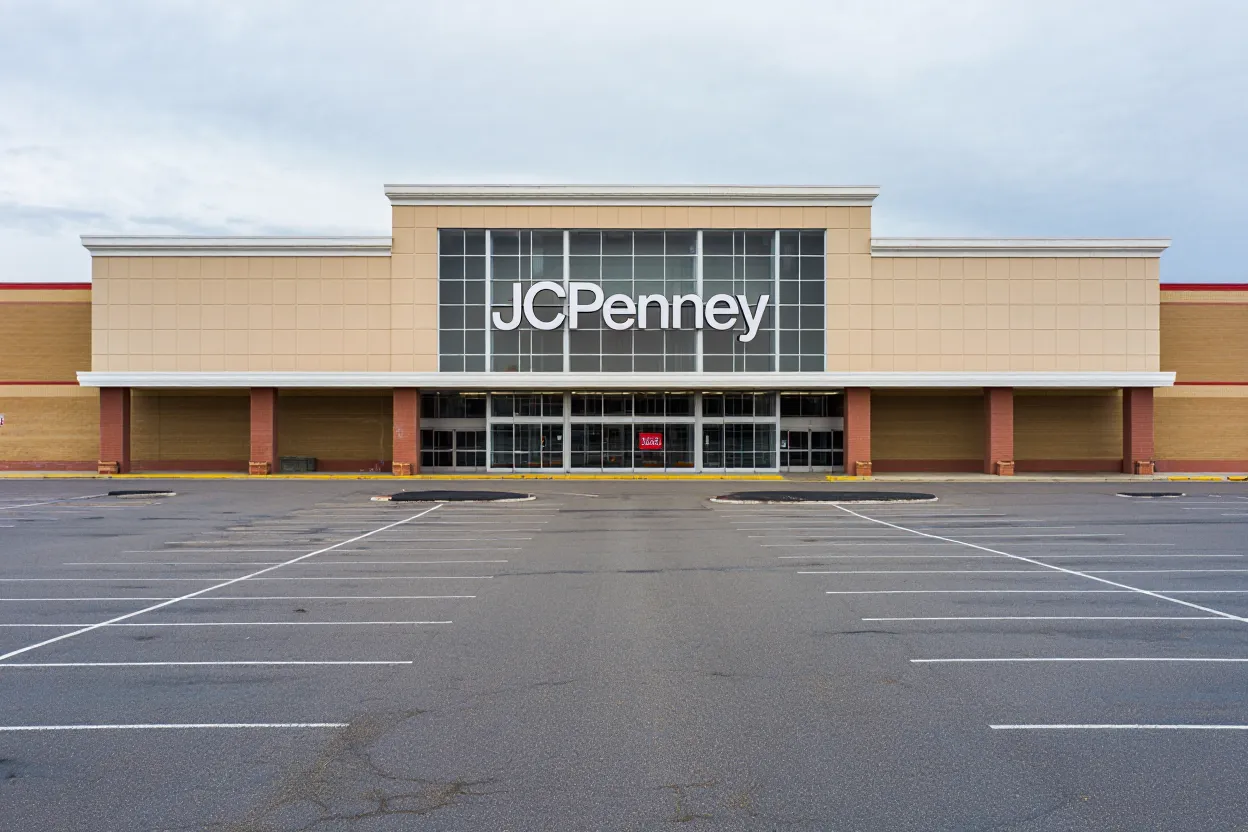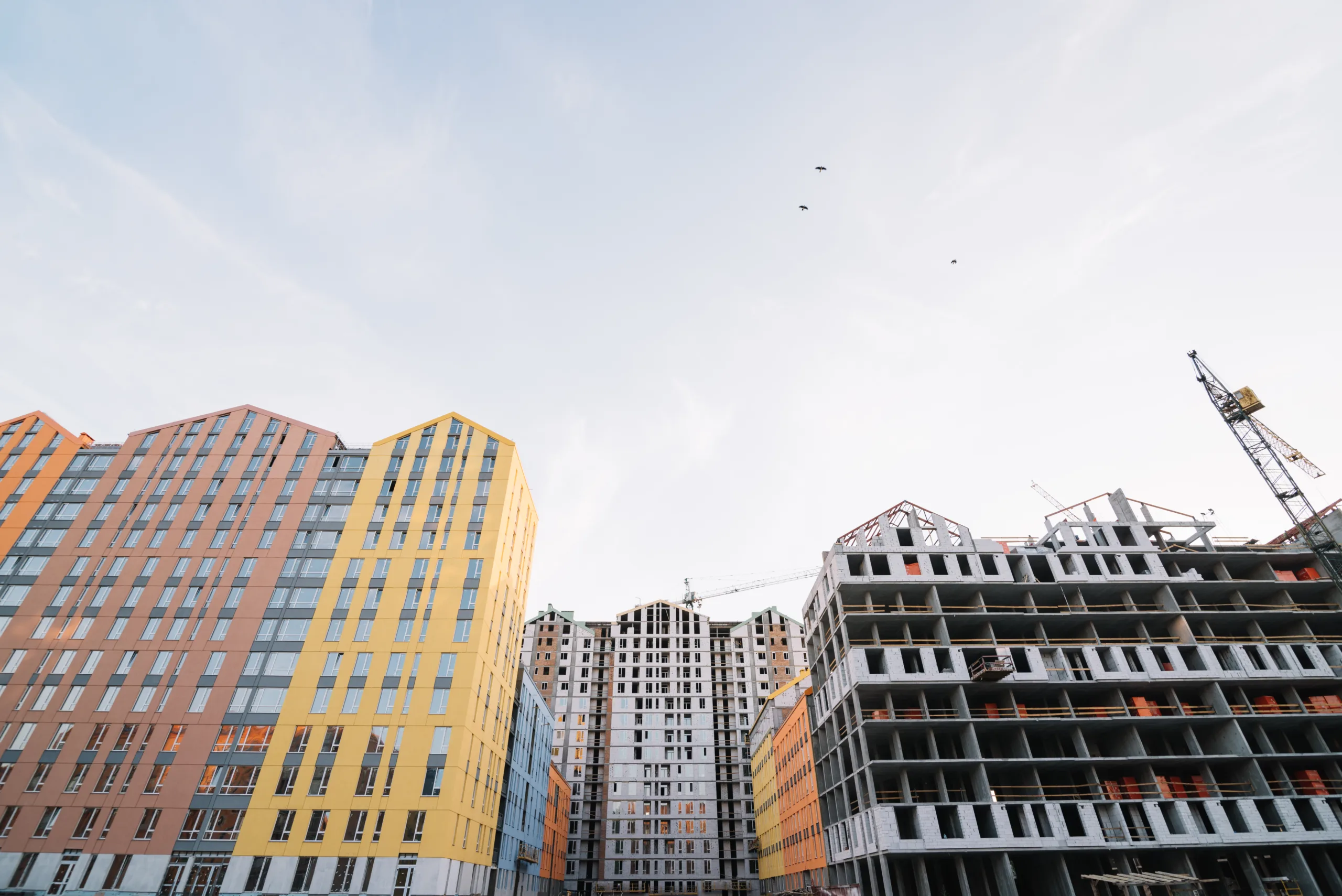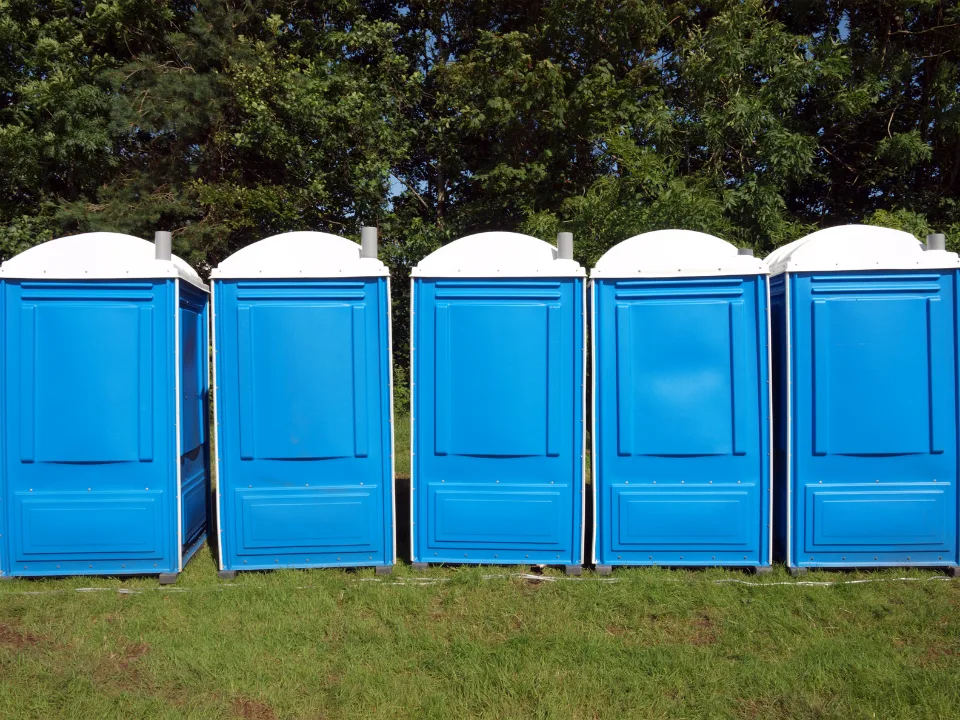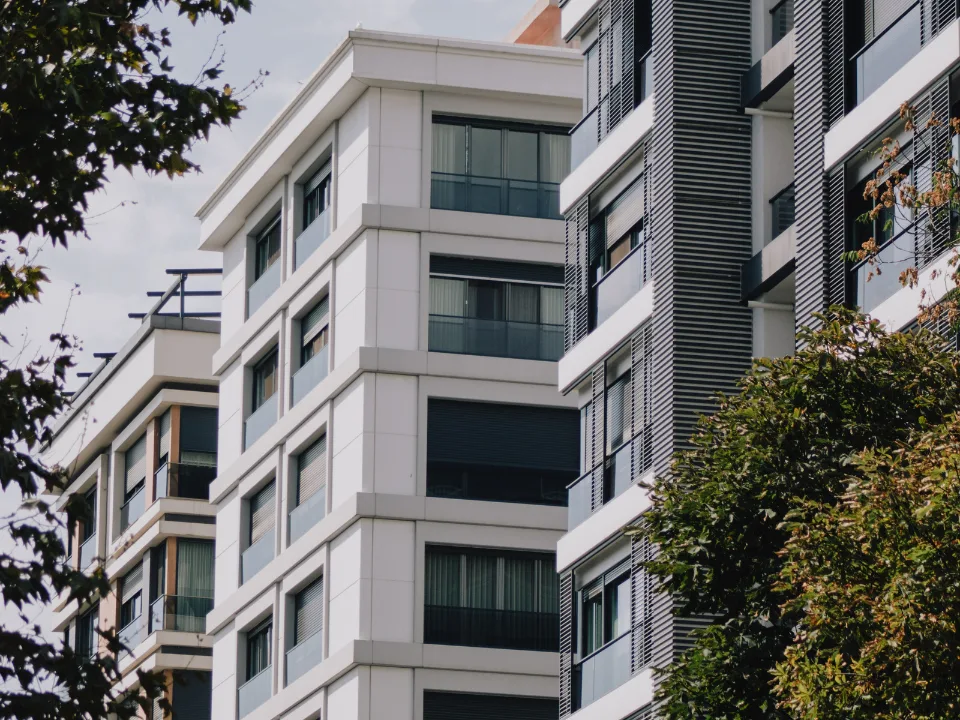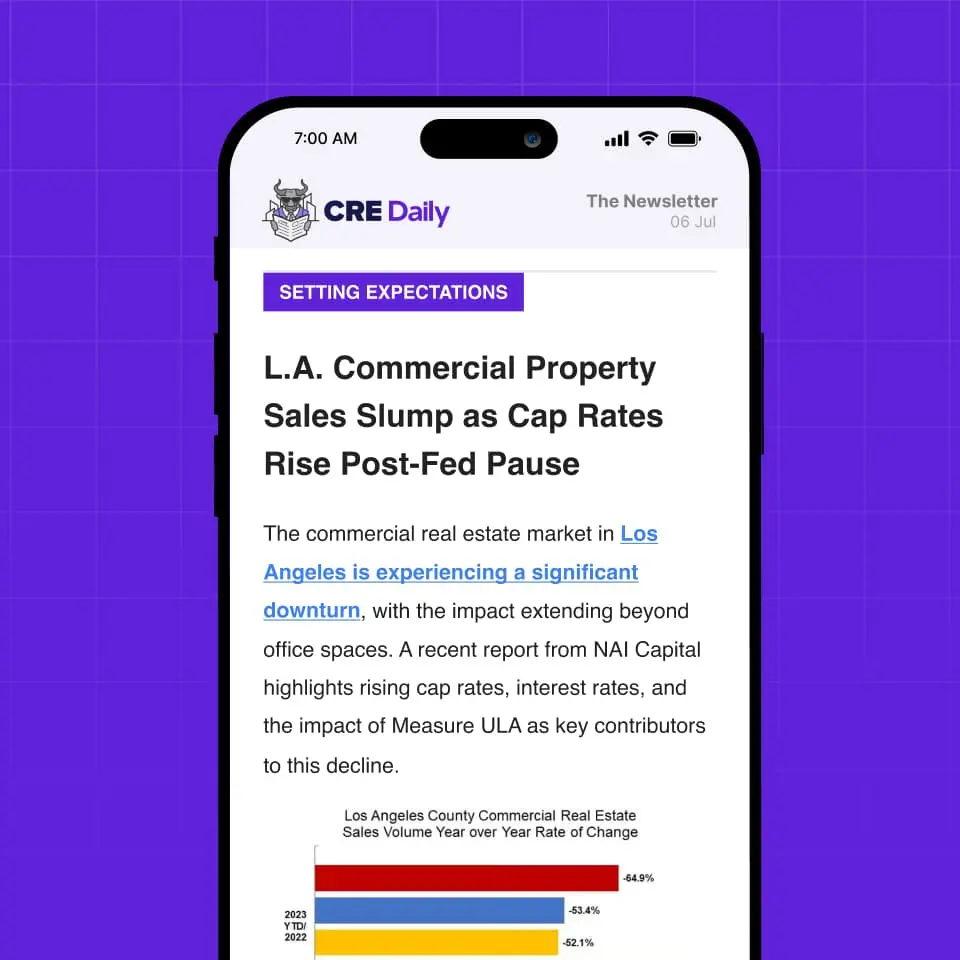- Multifamily demand surged in Q2 2025, with over 116K units absorbed—one of the strongest quarters in 25 years.rn
- New construction has dropped sharply, with fewer than 500K units underway—the lowest since 2016.
- Rent growth slowed to 1.7% annually, while occupancy rates improved slightly as owners focus on stability over pricing.rn
- Gateway markets like San Francisco, Chicago, and New York are leading in rent growth due to tight supply and strong demand.rn
A Demand Surge Meets A Construction Slowdown
The US multifamily sector is showing remarkable resilience, as reported by GlobeSt. More than 116K units were absorbed in Q2 2025—marking one of the strongest quarters in a quarter-century. Year-to-date absorption totals 216K units, closely tracking last year’s near-record pace.
But even as demand strengthens, the development pipeline is slowing. Nationwide, fewer than 500K multifamily units are under construction—the lowest level since 2016. Cushman & Wakefield’s Q2 report highlights that net absorption has now outpaced new deliveries for two consecutive quarters.
Financing Strains And Pipeline Pullbacks
Construction starts have slowed drastically amid persistent financing difficulties. Currently, under-construction units make up just 3.8% of total inventory, less than half the peak seen in 2023. Only 11 US markets reported any pipeline growth over the past year.
Markets experiencing the sharpest pipeline drops include:
- Dallas/Fort Worth: Down 22K units
- New York and Austin: Down ~18K units each
- Phoenix, Atlanta, Houston, Washington, DC: Down over 10K units each
Get Smarter about what matters in CRE
Stay ahead of trends in commercial real estate with CRE Daily – the free newsletter delivering everything you need to start your day in just 5-minutes
Rents Cool, But Occupancy Improves
As economic uncertainty and softening consumer sentiment weigh on the market, operators are shifting focus from rent growth to maintaining occupancy.
- Rent growth: Slowed to 1.7% year-over-year, the steepest pullback since 2023
- Occupancy rate: Up 20 basis points year-to-date
- Vacancy: Still 200 bps above the long-run average, but posted its first sequential decline since 2021
While overall demand remains strong historically, seasonally adjusted absorption was softer than usual, rising only half as much as the typical 30% second-quarter increase.
Gateway Markets Shine
Despite national headwinds, major metro areas are outperforming:
- San Francisco: Nation-leading 6.8% rent growth
- San Jose and Chicago: Each at 4.5%
- New York and Northern New Jersey: Over 3.5% rent growth
These gateway cities are benefiting from limited housing supply and renewed urban migration trends. According to Cushman & Wakefield, these markets are expected to continue outperforming with sustained rent growth and low vacancy.
What’s Next
With construction activity unlikely to rebound quickly, the supply-demand imbalance could widen further—especially in top-performing urban markets. While affordability pressures and macroeconomic headwinds could temper future rent growth, solid fundamentals point to continued strength in the multifamily sector through the end of 2025.


